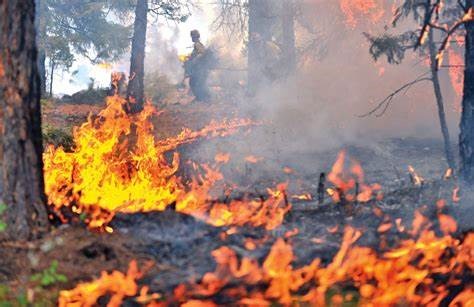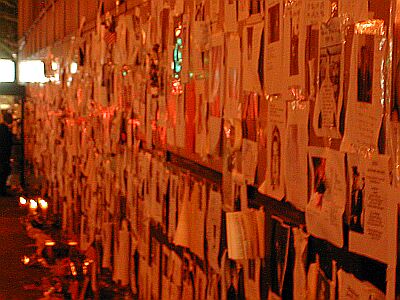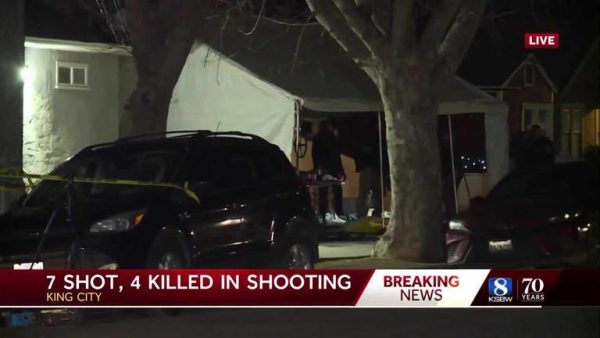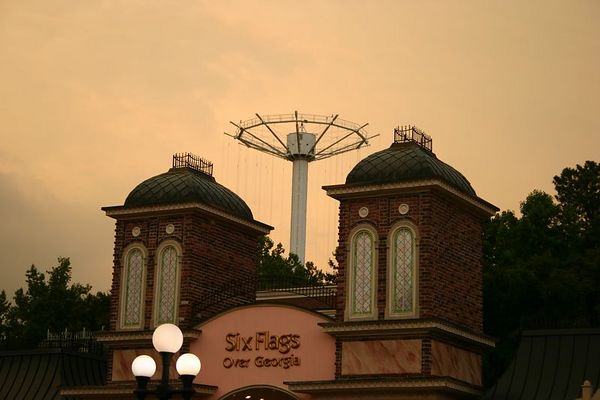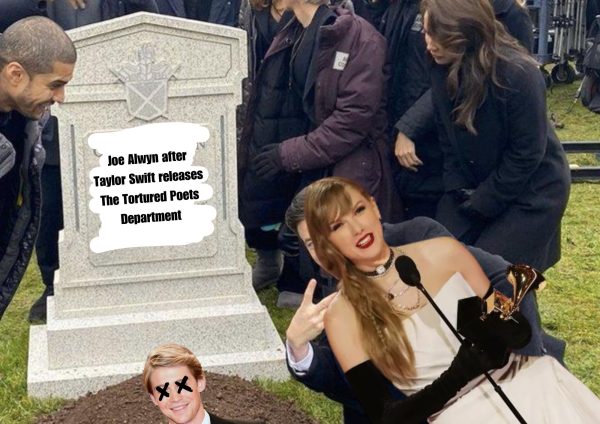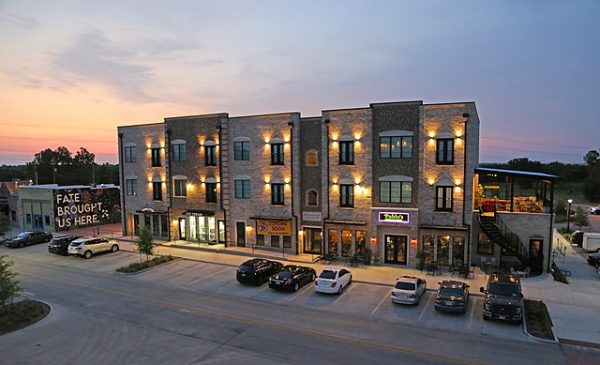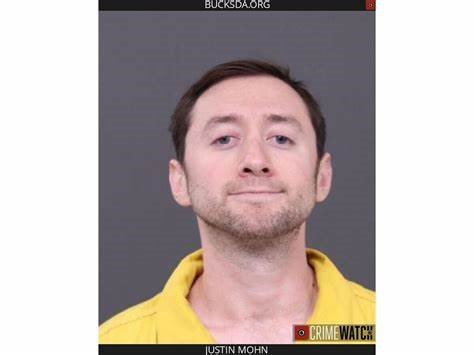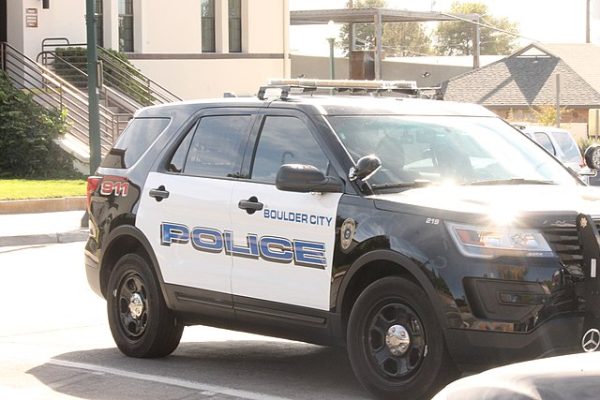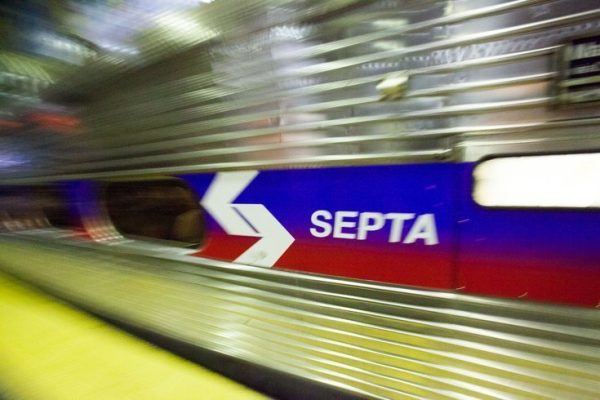Puerto Rico Crushed by Hurricane Aftermath
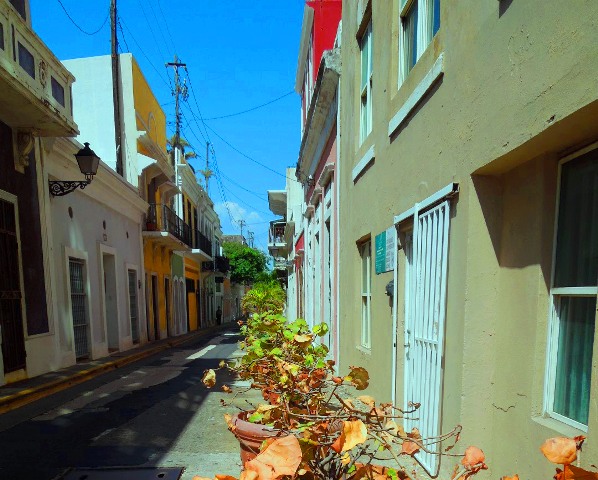
The streets of Puerto Rico’s capital, San Juan, were once crowded with tourists for most of the year, but now the city lays mostly emptied of tourists. The island has struggled to right itself in the wake of the two hurricanes which hit it hard in September of this year.
November 6, 2017
It has been almost two months since Hurricanes Irma and Maria struck Puerto Rico, and the island continues to flail in the aftermath of those storms. There has been drastic decline in the Puerto Rican economy and 80 percent of its population is still without electricity. Water is contaminated in parts of the island, and businesses are floundering on the verge of bankruptcy. According to CNN, Maria alone wrought between $45 and $95 billion in damage costs and caused the deaths of over 50 people in Puerto Rico.
Just recently, on October 25, power was restored to a children’s hospital in San Juan, but most homes and other buildings remain in the dark despite the efforts of numerous U.S. power companies to assist in restoring power. Running water has also been an issue for many Puerto Rican residents. The island’s government has not offered an accurate estimate of the total number of people living without access to running water at the moment, and even the running water that people do have access to may not be suitable for drinking. The Puerto Rico Aqueduct and Sewage Authority (PRASA) has been encouraging people to boil water, which is all the more difficult without electricity.
Puerto Rico’s problems do not rest solely in its shortage of electricity or clean water supplies, either. Tourism, one of the most thriving sectors of the territory’s economy, has suffered greatly in the wake of the storms. Given that Puerto Rico has already been struggling economically, the slump in one of its major industries is worrying for many residents. Airports and cruise ships are now in working operation but almost nothing else has reached the same status. Restaurants and shops remain boarded up, beaches have been closed because of possible sewage seeping into the water and the majority of buildings, including hotels, will need to make repairs before they can allow tourists access. With power being restored at such a sluggish pace, it seems unlikely that Puerto Rico will host many tourists anytime soon.
But the world moves on. Some people have tried to help by have raising money, donating bottled water or, at the very least, posting their sympathies on Facebook. At this point, though, Puerto Rico’s situation has been mostly overshadowed in the chaos of more recent disasters, medical advancements, sport controversies, Trump’s never-ending tweets and other such nonsense. Still, for the 3.74 million living in the continued darkness and havoc wreaked by Hurricanes Maria and Irma, it could be a long time before the situation improves or can be forgotten about.




